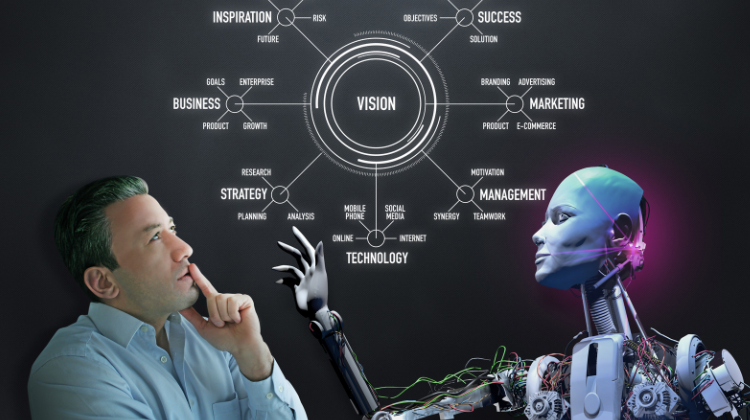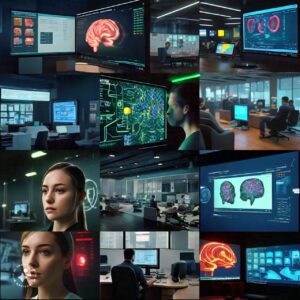
I’ll admit it, folks – I’m a bit of a technophile. As a UK-based blogger, I’m always on the lookout for innovative tech that can make life easier or just plain more interesting. But it wasn’t until a few months ago, when my mischievous feline, Whiskers, went missing, that I truly grasped the power of computer vision. A few clever cameras, a bit of AI magic, and voila – Whiskers was back home safe and sound! That’s when I knew I had to delve deeper into this fascinating field.
In its simplest form, computer vision is a field of artificial intelligence (AI) that enables machines to interpret and understand visual information from the world around us – much like how our human eyes and brains work. But it goes far beyond simply seeing; computer vision algorithms can analyze images and videos, recognize objects and patterns, and even make decisions based on what they “see.”


Think of it like this: your eyes capture light, your brain processes it, and you understand that the object in front of you is a cat, not a dog. Computer vision does something similar, but with cameras and algorithms instead of eyes and brains.
Computer vision isn’t entirely new. Its roots trace back to the 1950s, but it’s the recent explosion of big data, powerful computers, and advancements in machine learning that have propelled it to new heights. We’re now seeing computer vision applied in everything from self-driving cars to medical diagnostics to even picking the perfect avocado at the supermarket.
Here in the UK, computer vision is making significant strides. The government is investing heavily in research and development, recognizing its potential to drive innovation across sectors like healthcare, manufacturing, and transportation.
For instance, the NHS is exploring how computer vision can assist in diagnosing diseases from medical scans, while our bustling cities are testing self-driving cars equipped with computer vision systems to navigate our streets safely.
But what about you and me? How can everyday folks benefit? That’s where Claude AI comes in.
Anthropic’s Claude AI is a next-generation language model that has been making waves in the AI community. Its exceptional ability to understand and process language has surprising implications for computer vision. By combining text analysis with visual interpretation, Claude AI can unlock even deeper insights from images and videos.
Conclusion
Computer vision, especially when combined with the power of language models like Claude AI, is reshaping our world in countless ways. From healthcare and transportation to personal productivity and entertainment, its potential is limitless. While challenges remain, the future of computer vision is bright. It’s an exciting time to be a part of this technological revolution, and I, for one, can’t wait to see what the future holds.
Ready to Dive Deeper?
Explore the world of computer vision with Claude AI at claude-ai.uk and see how it can transform the way you see the world.
A: Claude AI combines the best of language processing and computer vision. This allows it to understand both the visual elements of an image or video and the context or meaning behind them, providing a more comprehensive and insightful analysis.
A: Like any powerful technology, computer vision raises important ethical concerns, including privacy, bias, and the potential for misuse. It’s crucial to develop and deploy these tools responsibly, ensuring transparency, fairness, and accountability.
A: There are many online resources and tutorials available to learn the basics of computer vision. If you’re looking for cutting-edge applications, consider exploring the possibilities offered by Claude AI through platforms like claude-ai.uk.